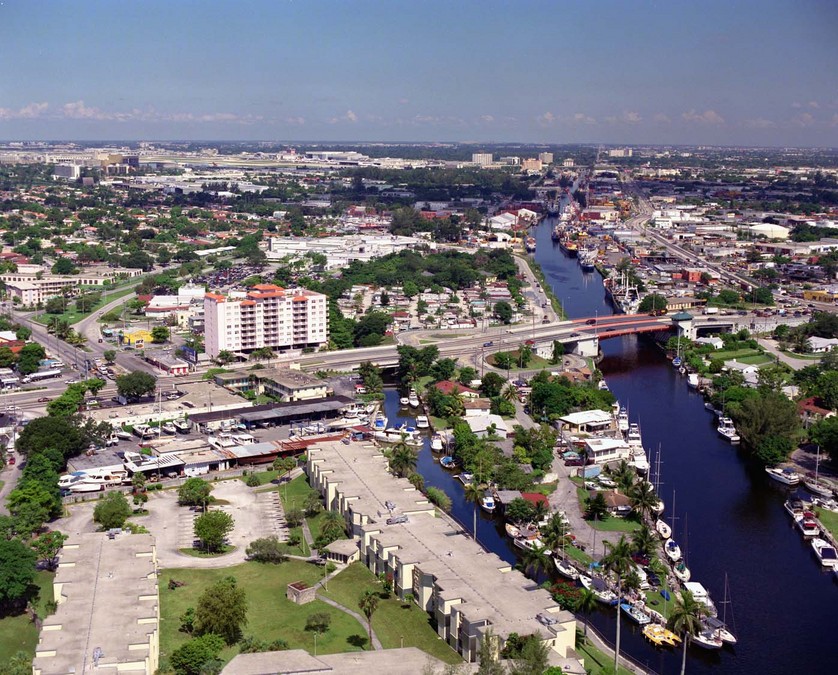
A day trip to Government Center and a meeting with Planning Staff helped me figure out what exactly goes on in the Planning and Zoning Department. Here’s the break-down:
In “Planning” is where the policy level analysis goes on. What that means is that those folks are planning the development for our county with a long-term view of how to get things done, and how the county needs to grow. They’re looking at our natural resources and working on protecting and using them well, especially in the marine industry. “Planning” interested me because so many of the recommendations from this department are ignored. I was amazed at how much public input went into their planning decisions.
“Zoning” is the place for actual implementation of “Planning’s” research. They codify the plans for growth—either through county codes or zoning code—and then interpret and enforce zoning rules that they’ve made. Obviously, there’s overlap between the two department halves.
The Comprehensive Development Master Plan (CDMP) book is the Bible of the Planning and Zoning Department. There are 10 required elements to the CDMP, but there could be an eleventh element added soon—“Community Development and Health.” One component of this new element is the recognition the obesity is a grave concern for our community comes the needs for a cure, or at least the beginnings of a cure, for this issue. So Planning and Zoning are looking at how to create open spaces in Miami for outdoor activity, and how to add an element of walkability to areas that would be otherwise accessed by cars. This proposed element might be incorporated into the master plan.
So what changes are coming for our county? Many changes will be made regarding urban nodes after the results of the census are available in 2012, when new information on demographics will be available. Net population growth is still something to be considered, especially because immigration is still strong, despite its decrease. The buzzword these days is “smart growth,” trying to get people to think not merely about how to increase the city’s GDP but instead to think about how to do so in a way that’s sustainable.
Want to participate in the planning for your community? Check out the charrettes held for the different areas of Miami, where community members can come and draw up their own suggestions.
To see some of the plans drawn up from old charrettes, click here
Note on the picture: This is a shot I took driving down Old Cutler right before the Coco Plum Circle. The shade from the trees makes the sidewalks in this neighborhood a great place to exercise.














